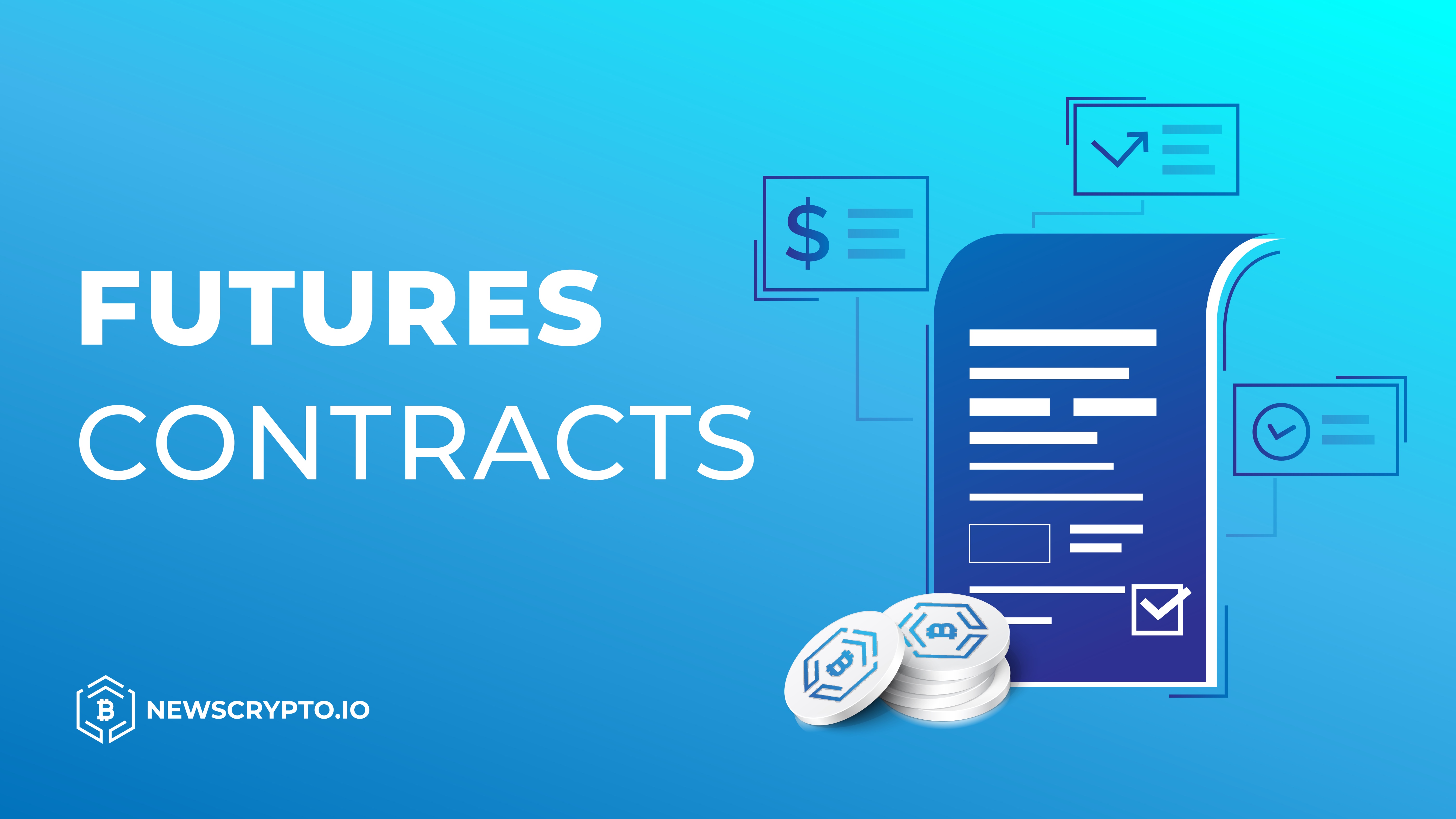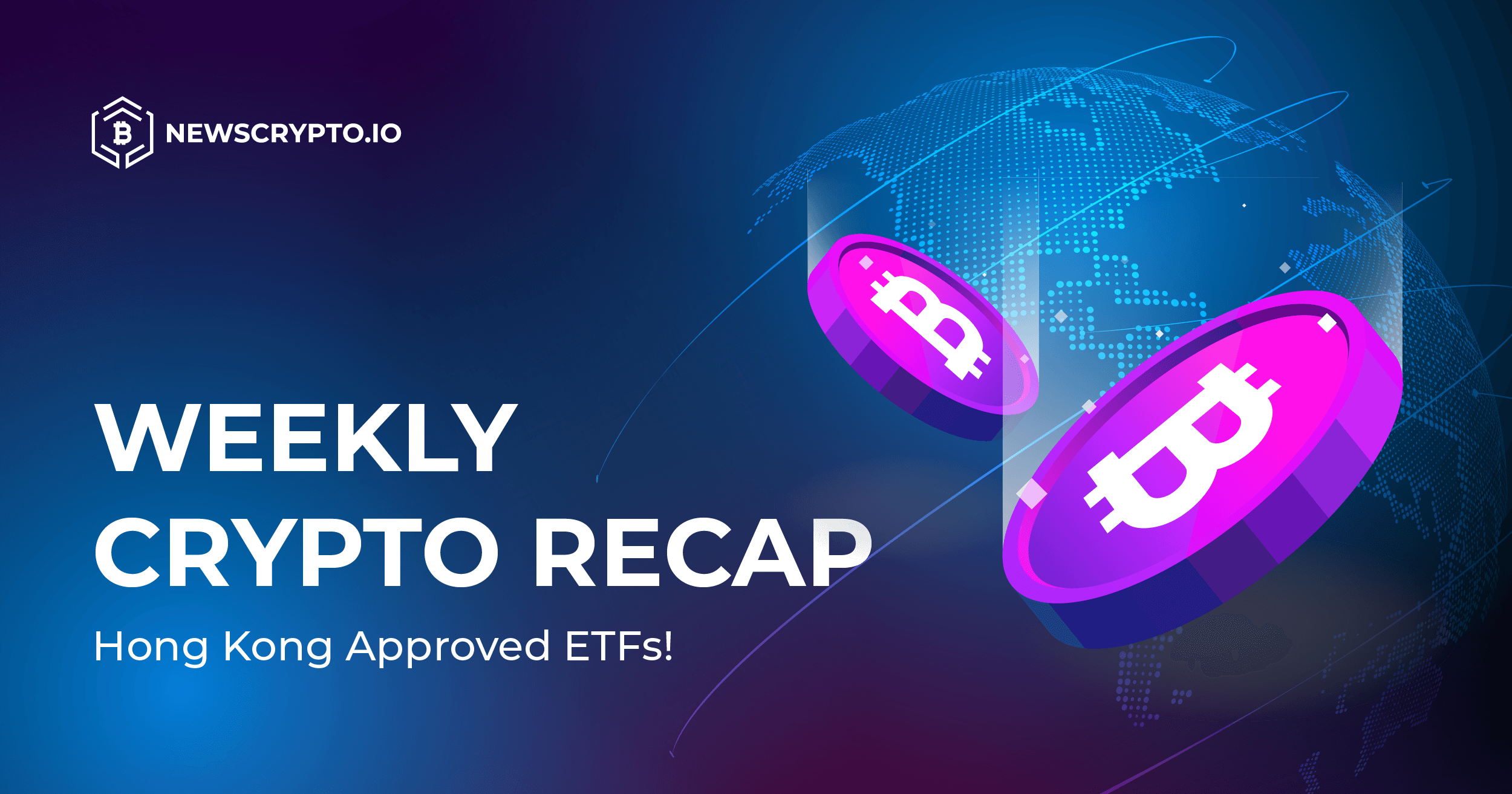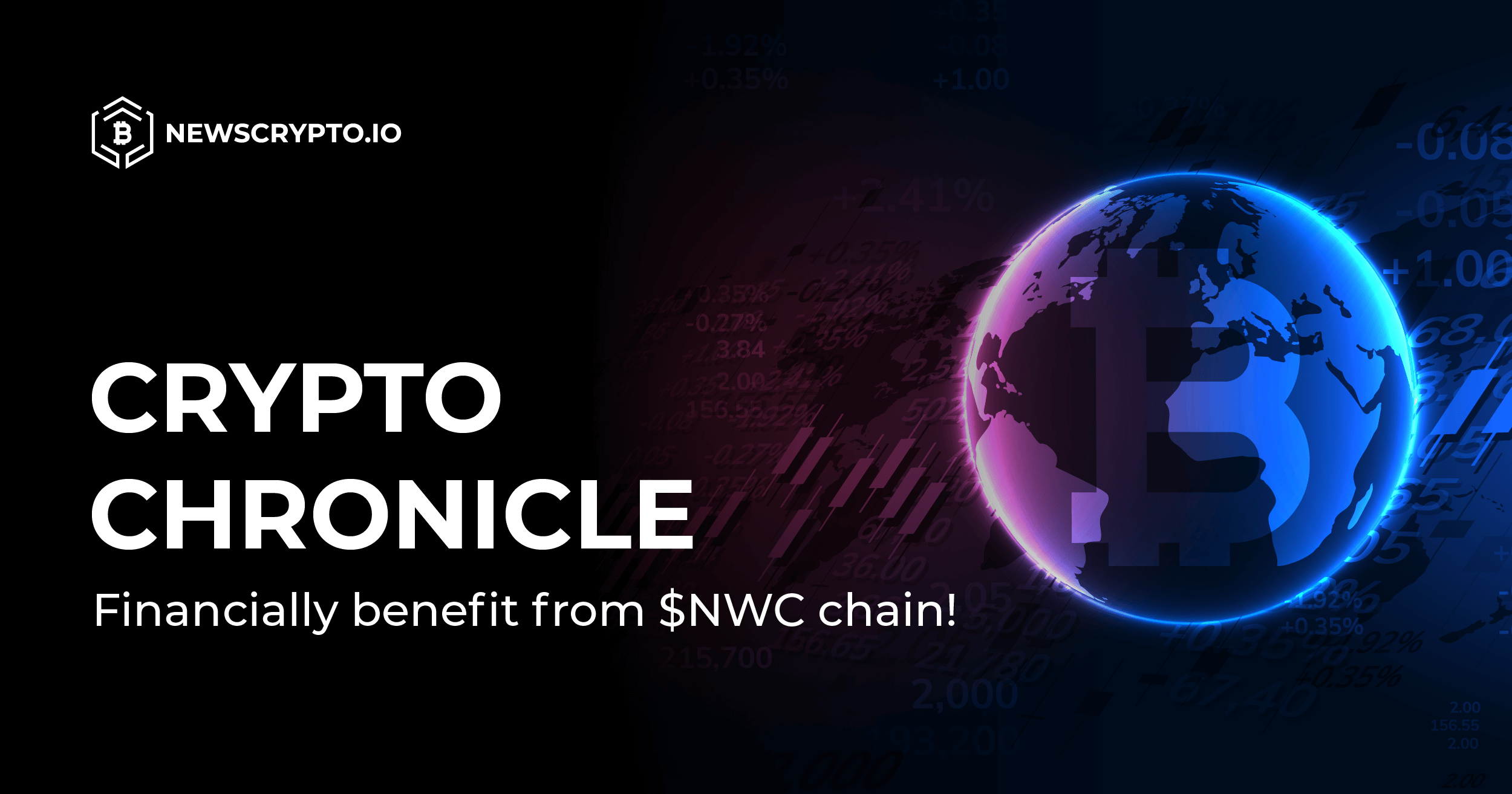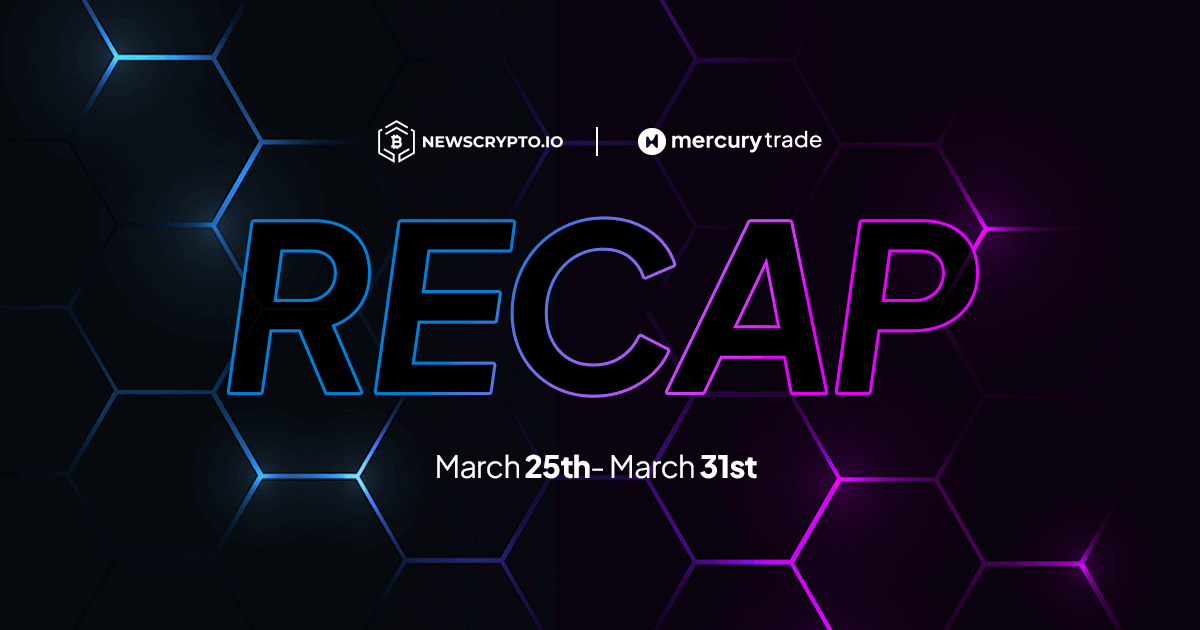After covering options in our previous How-to Crypto post, we’re continuing with the other major type of derivatives: futures contracts. Here you’ll find a complete overview of everything you need to know to trade futures, from a basic theoretical understanding of what futures are to practical info on what that means for trading. This is a topic that’s more relevant in crypto than anywhere else, so let’s dive right in!
As we mentioned last time, futures are a type of derivatives, i.e. financial instruments that derive their value from something else. With futures contracts, this “something else” is the underlying asset, so that Bitcoin futures, for example, derive their value from Bitcoin. But, unlike simply buying spot BTC, buying a futures contract means that you buy the right and obligation to buy one BTC on a future date and at a predetermined price (the price of the contract). What’s more, there are two main types of futures: futures with a set expiration date and futures that don’t expire (perpetual futures). This sounds a bit complicated, but we’ll make it much clearer on some concrete examples.

Let’s first take futures contracts with an expiration date: by far the most popular of these are quarterly futures, which normally expire on the last Friday of the quarter. The names of the contracts normally include the date, so for example, a BTC-1231 contract is the Q4 contract which expires on the last Friday of the quarter, in this case December 31.
To make this more understandable, let’s see how trading this contract would work. Let’s say that you buy one BTC-1231 contract for $64,000. The price of this contract will fluctuate with the price of Bitcoin, but it will typically be a bit above the current spot price (this difference is called the premium), and this difference will get smaller as expiry gets closer. Finally, on the expiry date, the contract will be settled, which means that you will buy 1 BTC for $64,000 (regardless of the price of Bitcoin at that time).
There are two main ways that contracts can be settled: via physical settlement or cash settlement. Physical settlement means that you would literally buy 1 BTC for the predetermined price, but most exchanges nowadays use cash settlement, meaning that the difference between the price at which you bought the contract and the spot price at expiry is settled in cash. So, in our example, if BTC is trading at $66,000 at expiry, you would earn $2,000, and if it is trading at $63,000, you would lose $1,000.
Of course, you can also close your position (sell/buy the contract depending on if you’re long or short) before the expiration date, and your PnL (profits and losses) would then be the difference between the price at which you opened your position and the price at which you closed it, just like with any other asset. Now, given how this works, you might be wondering why traders opt for futures rather than spot. There are two main reasons for this: (1) leverage and (2) storage, with the second especially relevant for institutional investors.
Visit our Academy to learn more about contracts.
Leverage means that, with futures, you can open a position that’s worth more than the total amount in your portfolio (and you can also short very easily): for example, you can buy up to $10k or $20k of BTC options with only $1k in your account. That magnifies your profits as well as your losses: if you’re leveraged 10x and BTC drops by 10%, you would be liquidated (your position would be automatically closed and you’d lose all the assets you had in your account). Storage, on the other hand, means that you don’t have to actually hold BTC to be exposed to it when trading futures, and this is why many institutions opt for this (choosing instead to trade CME futures or the new futures-based Bitcoin ETF in the US).
Finally, we need to get to perpetual futures. Here, everything works just like we described above, but with one difference: perpetual futures never expire. That way, you can hold them as long as you want, and they never settle. So, you might be wondering, how does the price of perpetual futures not become completely uncoupled from the price of the underlying asset. The answer is funding: when the price of a perpetual contract is above the spot price, traders who are long have to pay a specified percentage of their position to traders who are short (for example 0.02% every 8 hours), and vice versa when the perp price is below spot (in which case funding will be negative). This funding mechanism means that traders are incentivized to push the price back to the spot price when it deviates.
What does all this mean for you? Simply put, futures are a very important financial instrument, but you need to be careful when using them to obtain leverage. We’ll have more posts on risk management and leverage in the future, but for now, you need to make sure you understand how futures work in order to be able to trade them. As long as you’ve got everything down in terms of how settlement and funding operate, you’ll be ready to start (low-leverage) futures trading. As a rule of thumb though, you should always start with spot trading first. Once you’re confident that you can make consistent profits on spot, you can move on to futures and leverage to amplify those profits - if you do it too early, you’ll only be amplifying losses.
Learn more for free in the NewsCrypto academy!




